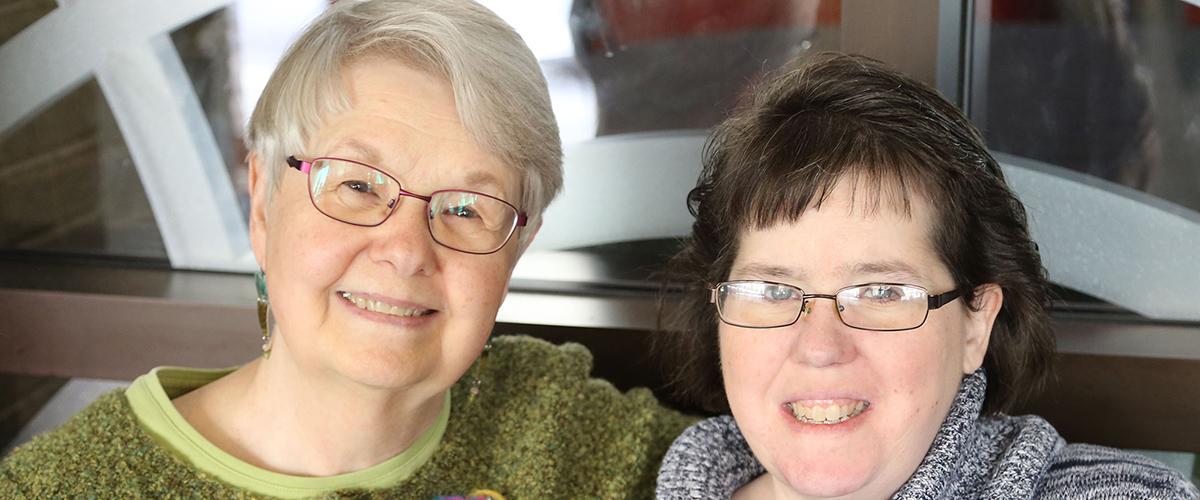Patterns:
-
DM2-related cardiac pathophysiology, although affecting all myocardial tissue, preferentially targets the cardiac conduction system. Conduction system defects are progressive and, while initially asymptomatic, increase the risk for symptomatic arrhythmias.
-
Pre-syncope, syncope, palpitations, dyspnea, chest pain or sudden death from cardiac arrest.
-
Risk of both bradyarrhythmias and tachyarrhythmias. The most common tachyarrhythmias are atrial fibrillation and atrial flutter, which pose a risk of cardiogenic embolism and stroke. There is an increased risk of ventricular tachyarrhythmias (tachycardia or fibrillation), a mechanism responsible for cardiac arrest, in DM2.
-
Asymptomatic abnormalities are observed in a moderate number of adults with DM2 and are more common in those with conduction system disease.
Symptoms:
-
Palpitations, pre-syncope, syncope, dyspnea and chest pain; if observed, seek prompt attention.
-
Arrhythmias including sinus bradycardia, heart block, atrial fibrillation and flutter, and ventricular tachycardia.
-
Symptom change, abnormal cardiac imaging (MRI or echocardiogram), abnormal ECG.
Diagnosis:
-
Discuss the following tests with your doctor:
-
Cardiac testing, including the 12-lead electrocardiogram (ECG), long-term ambulatory Holter-ECG monitoring and invasive electrophysiological study.
-
Imaging studies, including echocardiography, magnetic resonance (MR), and nuclear imaging to assess the heart’s mechanical status, including left ventricular function.
-
Impulse or conduction abnormalities on a standard 12-lead ECG.
-
Echocardiography and cardiac MRI if abnormal ECG or other symptoms suggestive of heart failure are present.
-
Treatment:
-
Pacemakers can be implanted either to treat symptomatic bradyarrhythmias or prophylactically in those at high risk for complete heart block.
-
Implantable cardioverter-defibrillators (ICDs) can be installed for ventricular tachyarrhythmia, or prophylactically in those at high risk for a ventricular tachyarrhythmia.
-
Use of emergency medical alert devices.
-
Serial periodic clinical cardiology evaluations; cardiology consultations are recommended in for abnormal electrocardiograms and/or cardiac symptoms.
-
Cardiac imaging at diagnosis and every three to five years thereafter.
-
Invasive electrophysiology when there is concern about a serious conduction block or arrhythmia because of abnormalities detected via noninvasive cardiac testing.
-
Ambulatory Holter ECG monitoring – either short-term (24-48 hours) or long-term (30 days or more) may be considered to detect mechanisms of arrhythmias.
-
Refer to:
-
A cardiology center experienced in care of DM2
-
An anesthesia practitioner, separate from the operating physician, to provide procedural sedation and monitoring for electrophysiology studies and pacemaker or ICD implantation.
-

